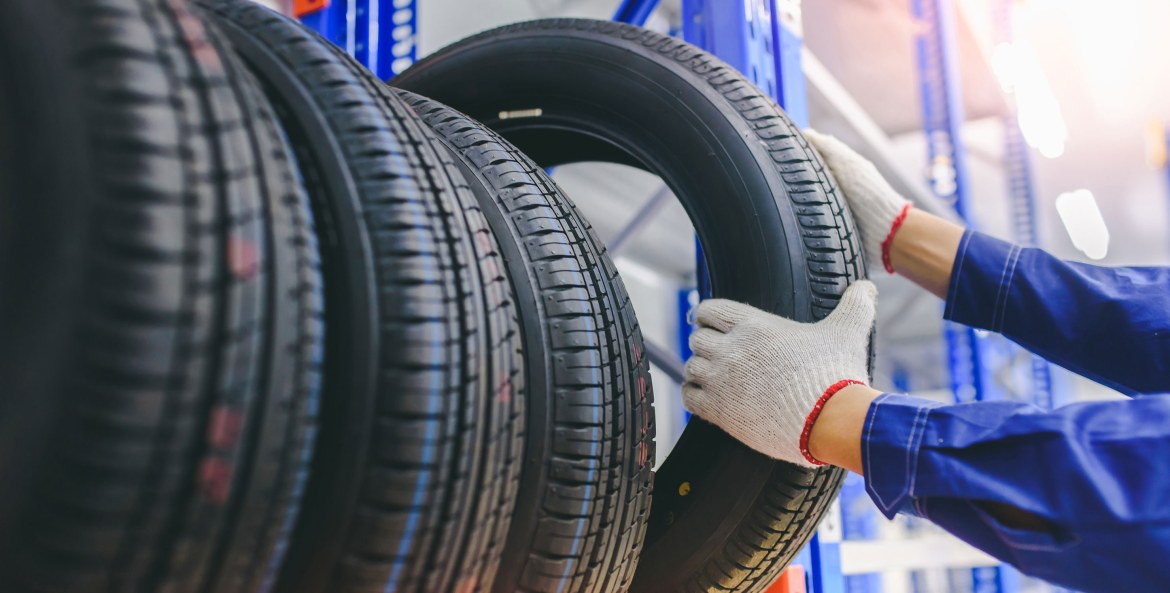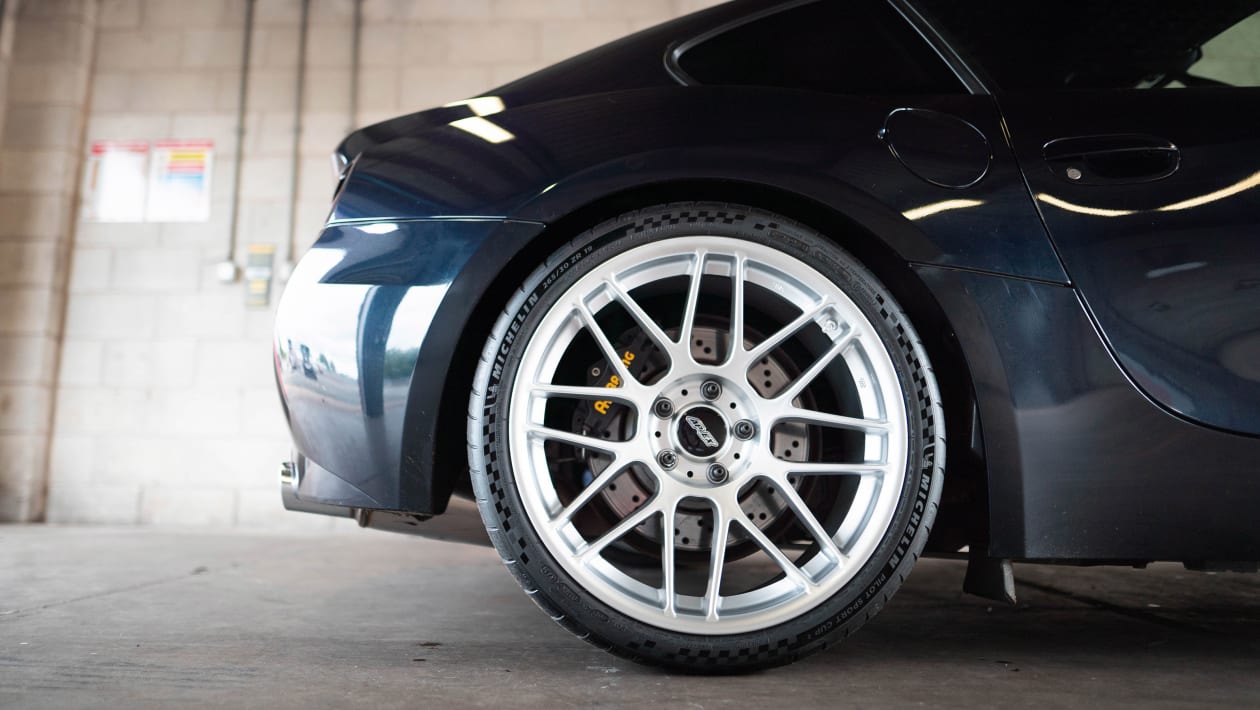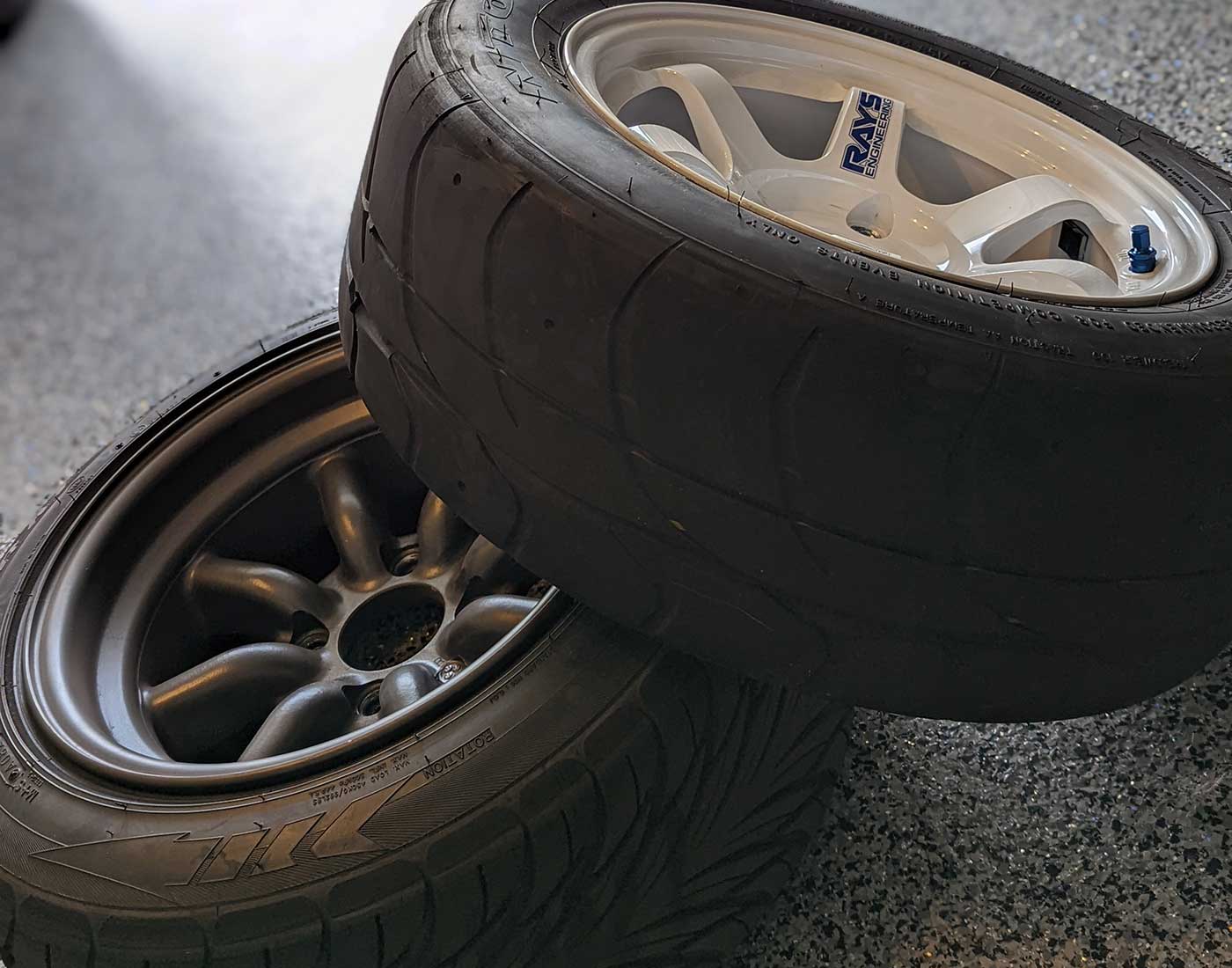All Categories
Featured
Table of Contents
The Michelin used a comfy driving experience, qualified by responsive guiding and a modern understeer equilibrium. Regardless of the cooler testing problems, Michelin's consistent time and hold over three laps suggests its viability for real-world applications. Alternatively, Yokohama's performance was distinct. While its super-quick steering led to a rapid front axle turn, the back revealed a tendency to swing a lot more.
One more noteworthy element was Yokohama's warm-up time. The tyre's initial lap was a second slower than the 2nd, directing to a temperature-related grasp rise. This suggests the Yokohama could radiate in dry, race-like problems. However, for daily usage, the Michelin could be a safer wager. Successor was the Hankook.
Top All-season Tyres Near Me (Koondoola)
It shared Michelin's risk-free understeer balance however did not have the latter's readiness to transform. Continental and Goodyear's efficiencies were significant, with Continental's new PremiumContact 7 showing a substantial improvement in wet problems compared to its precursor, the PC6. This version was far much less conscious fill modifications and behaved just like the Michelin, albeit with slightly less communication at the limitation.
It incorporated the safe understeer equilibrium of the Michelin and Continental with some stylish handling, confirming both predictable and quick. As an all-rounder for this Golf GTI, Goodyear's Crooked range was the standout, demonstrating remarkable efficiency in the damp. The Bridgestone Potenza Sporting activity took the crown as the fastest tyre, albeit by a little margin.
This tyre got grippier as it heated up, comparable to the Yokohama. Motorists looking for an interesting damp drive could discover this tire worth thinking about. The standout entertainer in wet stopping was the newest tire on test, the PremiumContact 7, though the results are nuanced. We carried out damp braking examinations in three various means, twice at the new state and when at the used state.
Top Tyres (Koondoola)
Preferably, we wanted the cold temperature examination to be at around 5-7C, yet logistical hold-ups implied we tested with an ordinary air temperature level of 8C and water at 12C. While this was cooler than basic test conditions, it was still warmer than real-world problems. The cozy temperature examination was done at approximately 18C air and 19C water.
The 3rd run entailed wet braking tests on worn tires, especially those machined to 2mm with a little encounter. While we planned to do more with these worn tyres, weather condition restraints limited our screening. Nevertheless, it's worth keeping in mind that damp braking is most vital at the used state, as tyres generally boost in completely dry conditions as they use.

Bridgestone, Goodyear, and Michelin saw the least performance reduction when used. The Hankook tyre registered the tiniest efficiency drop as temperature levels cooled down, yet it was among the most influenced when worn.
Tyre Servicing – Wanneroo
The take-home message below is that no solitary tyre mastered all elements of damp braking, showing a complicated interaction of factors influencing tire performance under various problems. There was a standout tire in aquaplaning, the Continental ended up top in both straight and rounded aquaplaning, with the Michelin and Goodyear also very excellent in much deeper water.

Yokohama can gain from a little even more grip, a concern potentially influenced by the colder conditions. As for handling, all tyres done within a 2% variety on the lap, demonstrating their high-grade performance (Tyre packages). Nevertheless, considering these tires basically target the very same customer, it's fascinating to observe the considerable distinctions in feel.
The surprise is because the PremiumContact 6 was among my favourites for sporty dry drives, yet its follower, the PremiumContact 7, appears much more mature and appears like Michelin's performance. Amongst these, Hankook was the least exact in guiding and communication at the restriction. Tyre installation. Both Michelin and Continental provided beautiful preliminary steering, albeit not the fastest
If I were to suggest a tire for a quick lap to a newbie, claim my father, it would be one of these. We have the 'fun' tyres, specifically Yokohama and Bridgestone. Both were swift to guide and really felt sportier than the others, yet the trade-off is an extra playful back side, making them a lot more difficult to take care of.
Tyre Rotation – Wanneroo
It offered similar steering to Bridgestone however provided far better comments at the limit and far better grip. The Bridgestone Potenza Sport, nevertheless, seemed to break down quite rapidly after simply 3 laps on this requiring circuit. Last but not least, there's Goodyear, which positioned itself someplace in between the fun tyres and those having a tendency towards understeer.
Altogether, these tires are exceptional performers. For roadway usage, I would certainly lean towards either the Michelin or Goodyear, depending upon your specific choices. In regards to tyre wear, the method made use of in this examination is what the industry refers to as the 'gold criterion' of wear. The wear specialists at Dekra conducted this test, which included a convoy of cars and trucks traversing a meticulously intended route for 12,000 kilometres.
Both the Bridgestone and Yokohama tyres substantially underperformed in comparison to the other four tires in regards to rolling resistance, with Continental somewhat outperforming the remainder. Relating to the convenience degree of the tyres, as anticipated, many demonstrated an inverted correlation with handling. The Continental, Michelin, and Goodyear tyres done ideal across numerous surface area types examined.

Bridgestone began to reveal signs of firmness, while Yokohama was specifically jarring over gaps. We did determine internal noise degrees; however, as is frequently the situation, the results were carefully matched, and because of weather restrictions, we were incapable to carry out a subjective analysis of the tires noise. We looked at abrasion figures, which determine the quantity of tyre step lost per kilometre, normalised to a one-tonne vehicle.
Best Tyres Near Me
This number represents the quantity of rubber dirt your tyres generate while driving. Michelin led in this classification, creating over 9% less rubber particulate matter.
Table of Contents
Latest Posts
Trusted Tyre Rotation – Koondoola
Top Tyre Tuning
Vehicle Tyres ( Wanneroo)
More
Latest Posts
Trusted Tyre Rotation – Koondoola
Top Tyre Tuning
Vehicle Tyres ( Wanneroo)